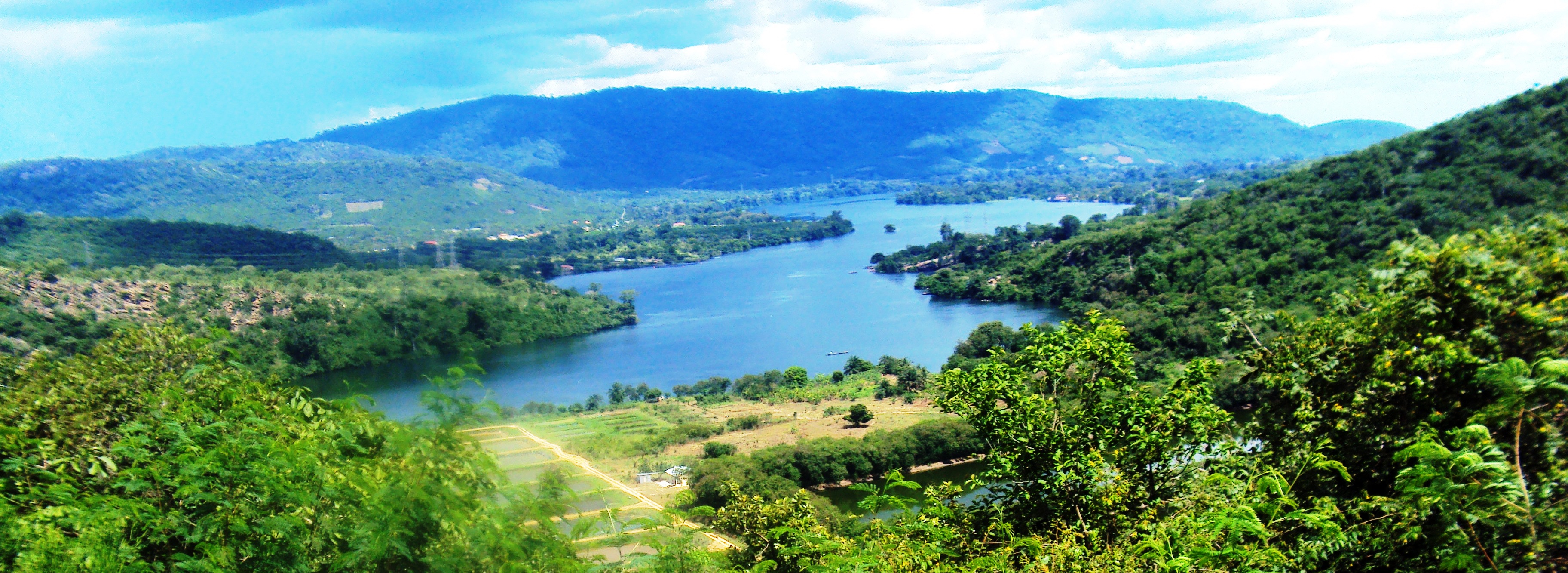African movies have made us a bunch of blind hopefuls.
I know, an amateur take. But before you curse me in 1000 languages, hear me out.
A typical African romcom is predictable. There is always adversity to overcome and at the end of it all, the lead actor/actress wins. If they started poor then you can be 99% sure they’ll be rich by the time the movie ends.
This does not reflect the reality on the ground.
The format has to change.
Our momentum is always highest when we start, but slowly but surely, we get distracted, corrupted or settle. Whichever comes first.
Think of our “independence”, politics, sports … The curve is always inverted.
I would go as far as to call us “the at least I tried People”.
Let's zoom in on Ghana as an example. Ghana was just recently the darling of West Africa and one of the continent’s top investment destinations and then the government got comfortable and greedy (story for another day).
You know what happened next. The country is now going through a debt crisis. And Kenya may be next.
This attitude has got to change. And I think the starting point is changing the format of our movies as outrageous as that might sound.
Let's flip the scripts. Begin with the lead role rich, pampered and confident and boom … disaster. Or better yet, make the movies unpredictable.
Hopefully (typical), this will rid this hope disease.
Expecting the worst forces you to take action and be accountable.
Sticking to Ghana, the next piece by Keith explores the genesis, cost and benefits of the Akosombo Dam.
But before we dive right in, let's take a quick break with a little musical number— here's a playlist of some inner peace music to set the mood.
Cost-benefit analysis of the Akosombo Dam in Ghana
On the midnight of 6th March 1957, Ghana, known as the Gold Coast at the time, was finally granted independence from the British, with Kwame Nkrumah being made the Prime Minister.
His administration was primarily nationalist, and so, despite Ghana being a major agricultural exporter of cocoa, he also wanted them to be heavily industrialist. This is because he was aware of the risk of being dependent on a single crop. The problem, for those not familiar with economics, is that global prices might fluctuate, forcing a country to sell their produce at very low costs; possibly lower than they incurred in the production.
For example, in the 1970s, the countries in the Global North faced a huge recession. This meant that they had to cut down on the number of goods that they were importing. Being the biggest purchasers of the Global South's agricultural produce, they had nowhere to take their produce. The only resort was to lower the prices and force the other countries to purchase them cheaply. This, particularly, happened with tea and coffee. Aware of these implications, then, Kwame Nkrumah foresaw the need to industrialize.
Ghana had plenty of bauxite deposits, which had been discovered in Tema, Greater Accra region in the 1940s. Two major aluminium companies from the USA, Kaiser Aluminium and ALCOA, saw the chance to tap into this potential mineral, and so, they came together and formed a joint company known as VALCO (Volta Aluminium Company) in the year 1948.
VALCO, however, needed extremely high amounts of electricity for them to run their smelting factory. The Gold Coast Government (under British rule at this time) commissioned a British firm of consulting engineers, Sir William Halcrow and Partners, to examine a proposed power scheme that could generate enough electricity to support the factory.
The resulting report was published in 1951, proposing that a dam be constructed on the Volta River basin. The process of its implementation would, as we would see, take a very slow process. The government of the Gold Coast promised the people that they would conduct a feasibility study to find out the possibility of harnessing the power of the Volta River, and so, it was only in 1953 that the Volta River Preparatory Commission was established to carry out this duty.
They finally concluded their report in the year 1956, and presented it to the government. In it, it was stated that the cost of the project would be £230 million/552 million Ghana cedis. This was, definitely, not an amount the government had at the time. Therefore, they started looking for external donors. For two years, all of the negotiations had been unsuccessful.
In July 1958, Kwame Nkrumah visited the United States and disclosed his problem to the then-President Eisenhower. As a result of these discussions, another firm of consulting engineers was tasked to do a re-assessment of the engineering aspect of the project and its costs.
In March 1959, they settled on constructing the dam at the Akosombo Gorge, and added that smaller hydro-electric projects could even be built later on when the need arose. The cost, had now gone down to £130.7 million/313.7 million cedis.
Ghana still couldn’t raise this money, so, they approached the UK Government. It was agreed that the funding would be a collaboration between the US Government, the UK Government, the Ghanaian government as well as the World Bank.
In May 1960, the Ghana government called for tenders for the construction of the hydro-electric dam. An Italian firm known as Impregilo, which had just concluded building the Kariba Dam in River Zambezi, won the contract. The Volta Dam was to be 660m long and 114m high, with a structural volume of 7,900,000 cubic metres.
When the project was started, 80,000 people who were living next to the Volta River had to be relocated. These were people from 700 villages, and were fit into 52 re-settlement villages.
Construction of the dam took 4 years, and was eventually completed in 1965. The amount of water that was now held back was so much that it led to the flooding of the Volta River basin, and subsequently, formed the man-made lake, now referred to as Lake Volta. Lake Volta went on to be the largest man-made lake in the world, covering an area of 8502 square kilometres, which is 3.6% of Ghana’s total land area.

Volta Lake from the Santa Barbara Church © Sandister Tei (sandistertei@gmail.com) / Wikimedia Commons
This artificial lake altered the existing physical, biological, and socio-economic environment of the people. It had a couple of cons and pros, which we’ll discuss below.
Cons:
- Decline in agricultural productivity - The decreased flow of water downstream due to the construction of the dam means that the areas have lost their soil fertility. This is because the period floods that brought nutrients to the soil no longer occur.
- Diseases - As a result, the farmers have resorted to using fertilizers, which end up being washed into the lake. Since there are now so much nutrients in the water, eutrophication (a process in which nutrients accumulate in a body of water, resulting in an increased growth of microorganisms that may deplete the oxygen of water) of the water occurs. This eutrophication leads to the formation of aquatic weeds, such as algae. These aquatic weeds, in turn, end up housing disease-causing organisms such as snails, mosquitoes and flies. These organisms, of course, end up infecting the people nearby. The diseases that were very prevalent at the time were malaria, bilharzia and blindness.
- Loss of property - As we mentioned, all the people who lived by the river banks were forced to settle elsewhere. This meant that they lost their homes, their belongings, their farms, their ancestral land… everything.
- Loss of livelihoods – Most of the people who lived next to the Volta River were farmers and fishermen. When they were taken away to the re-settlement villages, they could no longer carry out their economic activities. This is because there was insufficient planning in the re-settlement process, and so, they were taken to areas that were not suitable for farming. For this reason, then, they had to rely on food aid. As a result, the poverty levels shot so high, that the populations began decreasing. One re-settlement village, for example, had its population decline by 50% in the 23 years after their relocation.
- Spillage – Regularly, the dam would flood so much that the water would spill over to the nearby homesteads, especially in the area near the Lower Volta basin. Many people lost their belongings due to the floods, since property and even houses were swept away. One of the victims interviewed in September 2023 went ahead to say, 'My entire farm is under the water and so is my house. I was only able to take my clothes. It took me about 14 years to build this house - there is nowhere to go, there is no other land to build on.'
Pros:
- Production of Electricity - Akosombo Dam resulted in the production and supply of 1,020 MW, which was actually more than the actual demand. This foresaw an expansion in the industrial and economic capabilities of Ghana in the 1980s.
- Exportation of power - As a result, power generated from the dam was supplied to the neighboring countries such as Togo and Benin
Conclusion
Was it worth it though? I mean, Ghana ended up industrializing and having an aluminium smelting factory, but this came at the expense of the 80,000 livelihoods that were destroyed. Ghana ended up having electricity, but at the expense of the 700 villages which lost their homes. Some people got jobs at the factories, but at the expense of the fishermen and farmers who lost theirs. The GDP went up as a result, but does the per capita income of the nation really reflect that of the IDPs who were re-settled at the camps?
Are such socio-economic effects necessary as collateral for infrastructural projects to happen? Do the benefits outweigh the costs? What do you think? Please let me know.
In The News
Is it a national park or a hidden treasure park? - This is better than fiction.
Someone is not happy with Dangote’s Plant - Hundeyin spills the beans.
Join the Lughayangu Community!

